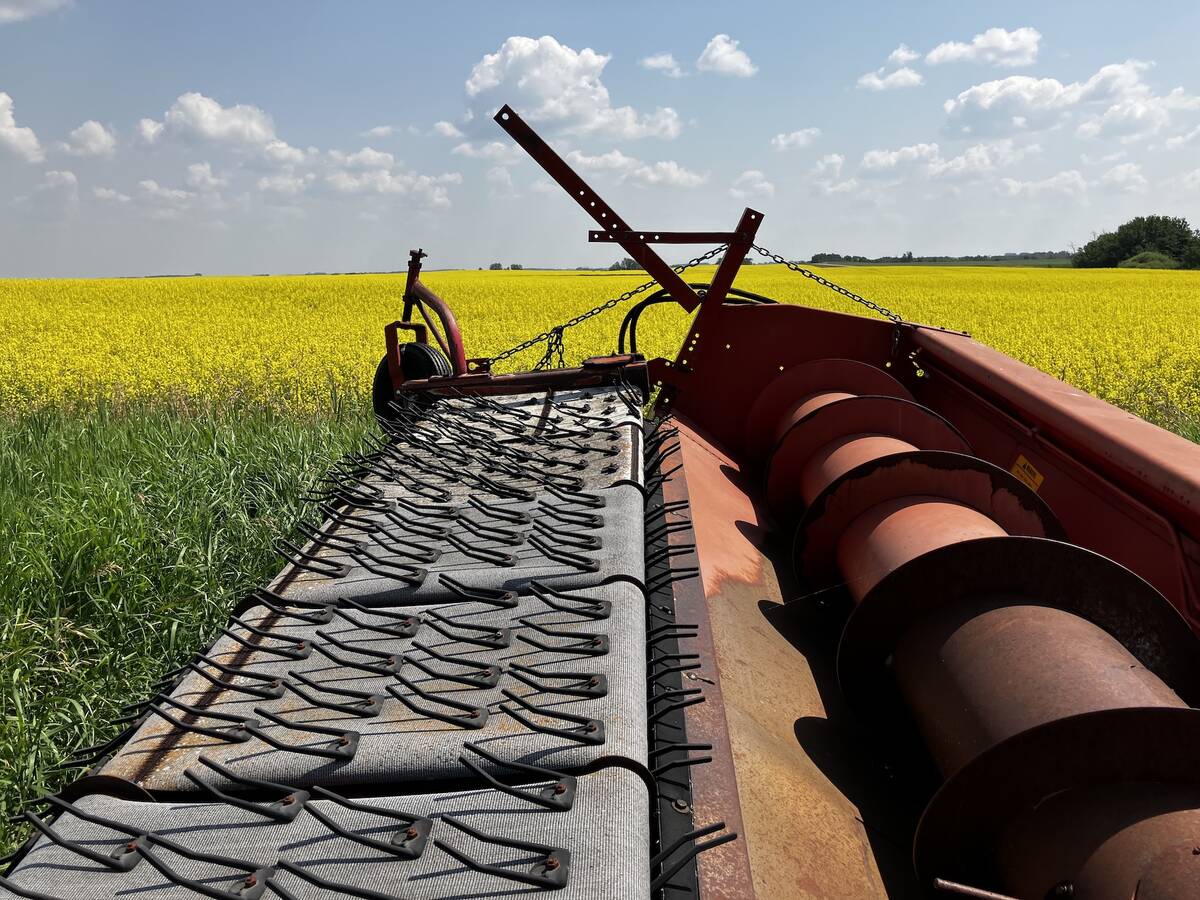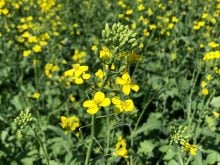Brazilians were enjoying their most popular holiday of the year as this column went to print, celebrating Carnival with parties, parades, music, samba dancing and an all-around good time.
Farmers there hopefully had a chance to partake in the festivities but were likely busy on their fields as well.
Soybeans
Read Also

Stronger canola prices welcome surprise
Mid-November canola market holding above resistance based on durable demand, resulting in pleasantly higher canola prices for Canadian farmers
Brazil is the world’s largest soybean producer and third for corn, so what happens there has significant ripple effects in world markets. The country is in the process of harvesting its soybeans and planting its second corn crop, known as the safrinha crop.
Opinions on the size of Brazil’s crops vary widely after an adverse growing season cut into yield prospects. While it’s generally agreed that soybeans didn’t live up to expectations and that the safrinha corn will be down on the year, questions over the extent of those reductions have created market uncertainty.
Both the United States Department of Agriculture and Brazil’s equivalent agency, Conab, released updated 2023-24 production estimates on Feb. 8. On one hand, the USDA lowered its call for Brazil’s soybean crop from 157 million to 156 million tonnes, which would be well below the 162 million tonnes grown the previous year.
Conab was much more bullish, slashing production to only 149.4 million tonnes. Many private forecasters put out their own calls and were generally leaning to the lower end of that range.
Corn
The range of expectations for Brazil’s corn crop is even wider, with the USDA forecasting a 124-million-tonne crop and Conab at 113.7 million tonnes. That compares with 137 million tonnes in 2022-23.
Exports of both soybeans and corn from Brazil are expected to be down on the year, which would open the door for more U.S. business on the international stage, providing spillover support for Canadian grains and oilseeds.
Canada
The USDA also has opinions on Canadian production that differ from the official Statistics Canada estimates. While not as drastic a difference as with Brazil, the USDA expects Canada’s 2023-24 canola crop was 500,000 tonnes larger than the 18.3 million tonnes forecast by StatCan. As a result, the USDA is forecasting canola ending stocks in 2023-24 of about 1.7 million tonnes, which would be up from 1.5 million tonnes in 2022-23.
Canola stocks
StatCan released its own report Feb. 8, estimating canola stocks in the country as of Dec. 31, 2023, of 12.9 million tonnes. That was up 1.3 per cent from the same time the previous year but slightly below the five-year average of 13.3 million tonnes.
However, when looking into the detailed numbers, on-farm supplies of 11.7 million tonnes were up by 5.6 per cent compared to the previous year and the largest in the countryside since 2019. Much of those on-farm supplies are thought to be unpriced, which only contributes to the general bearishness of the sluggish canola market far away from the festive streets of Rio.















